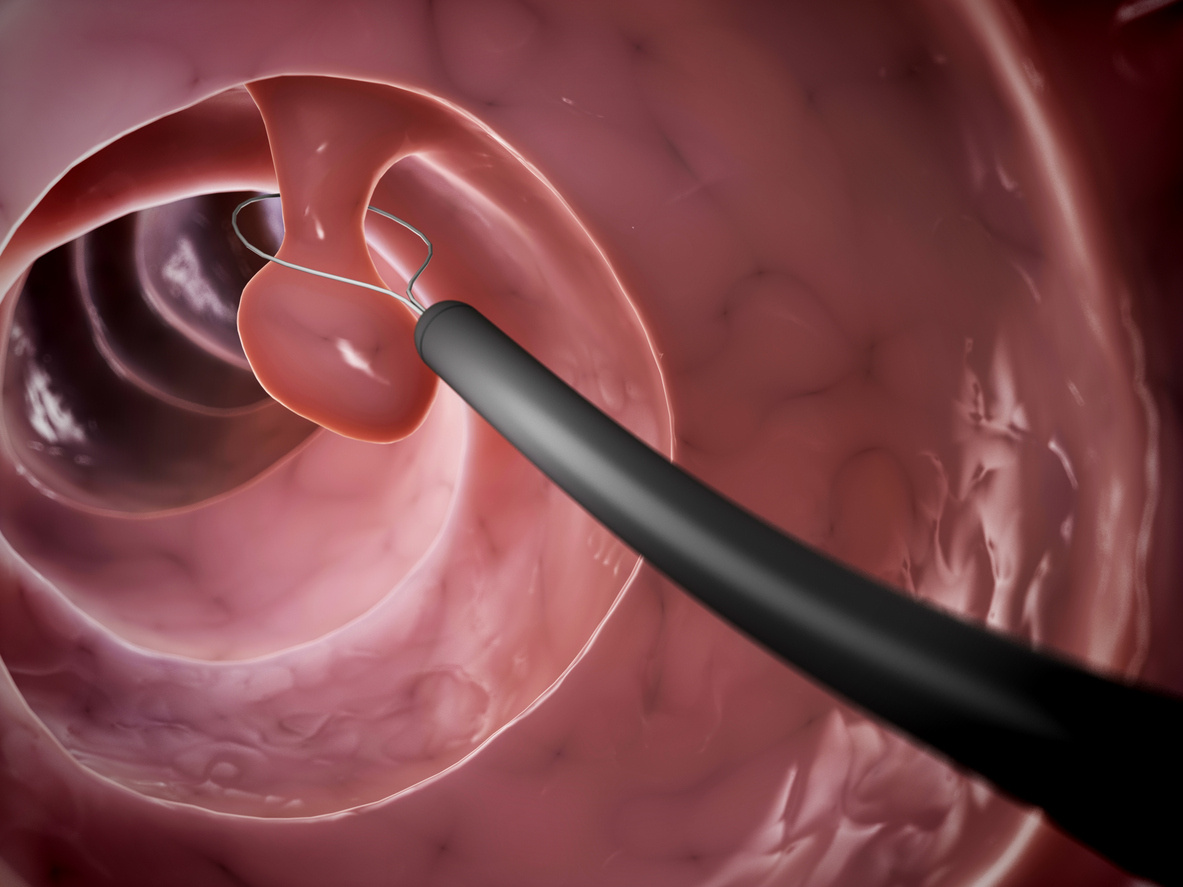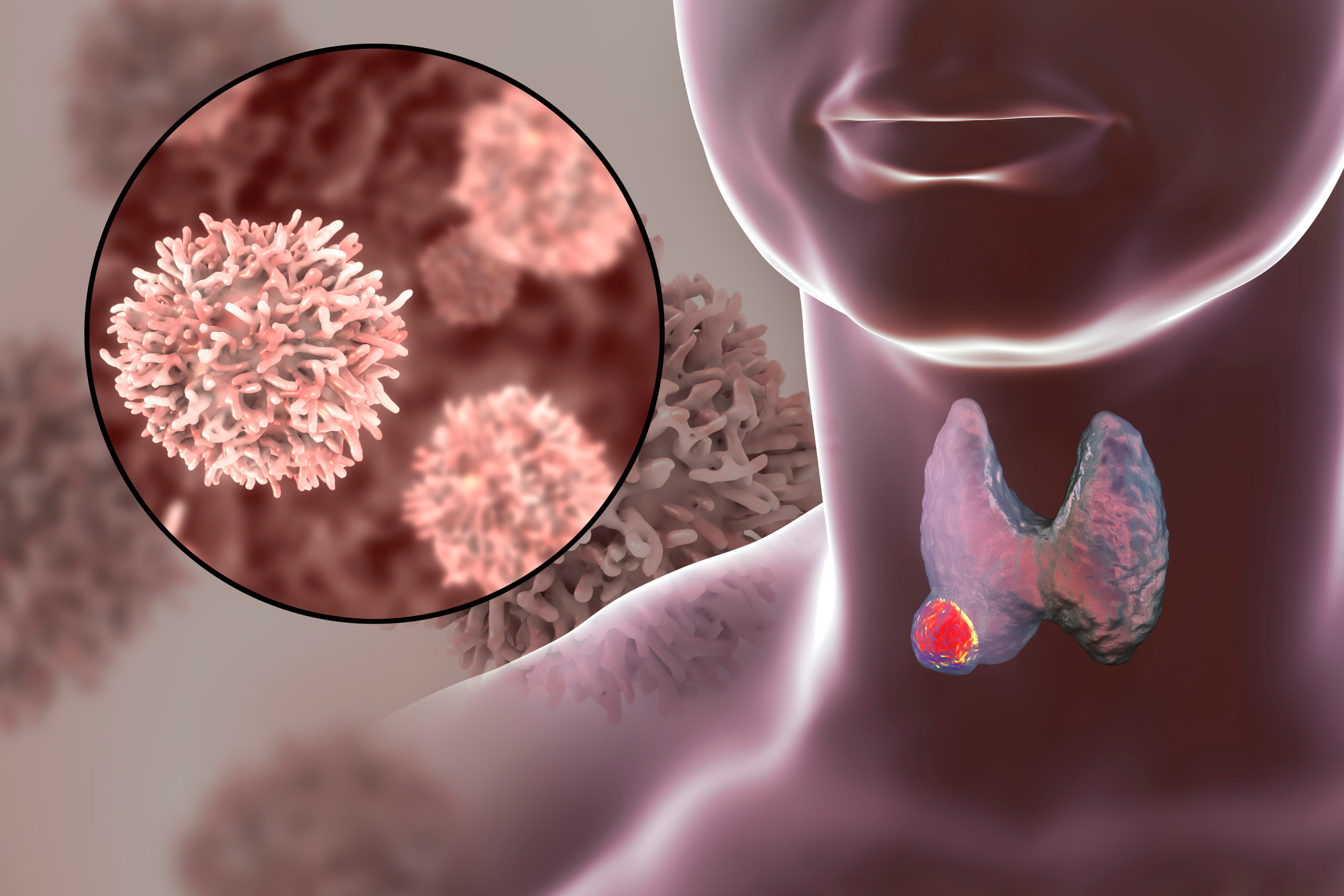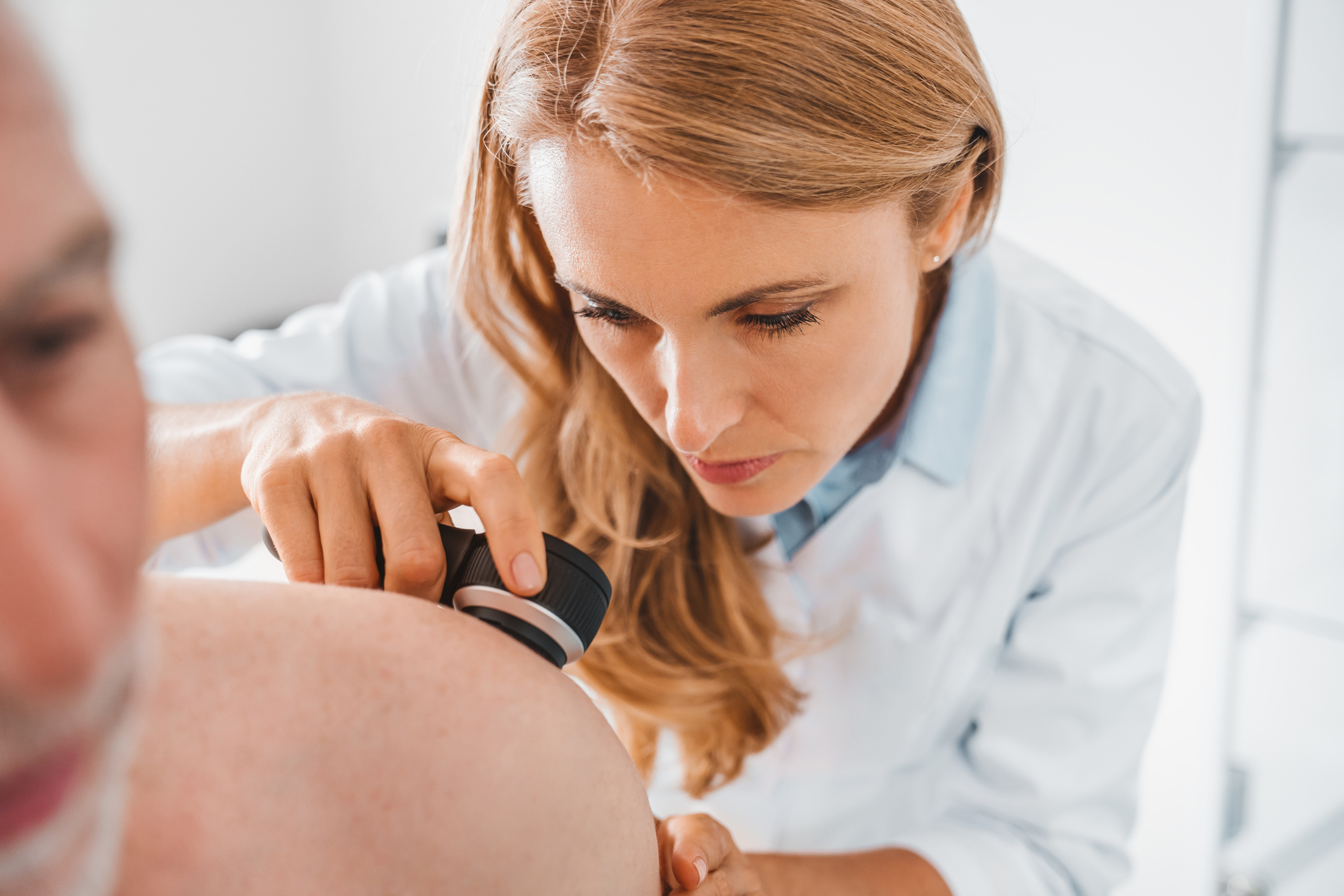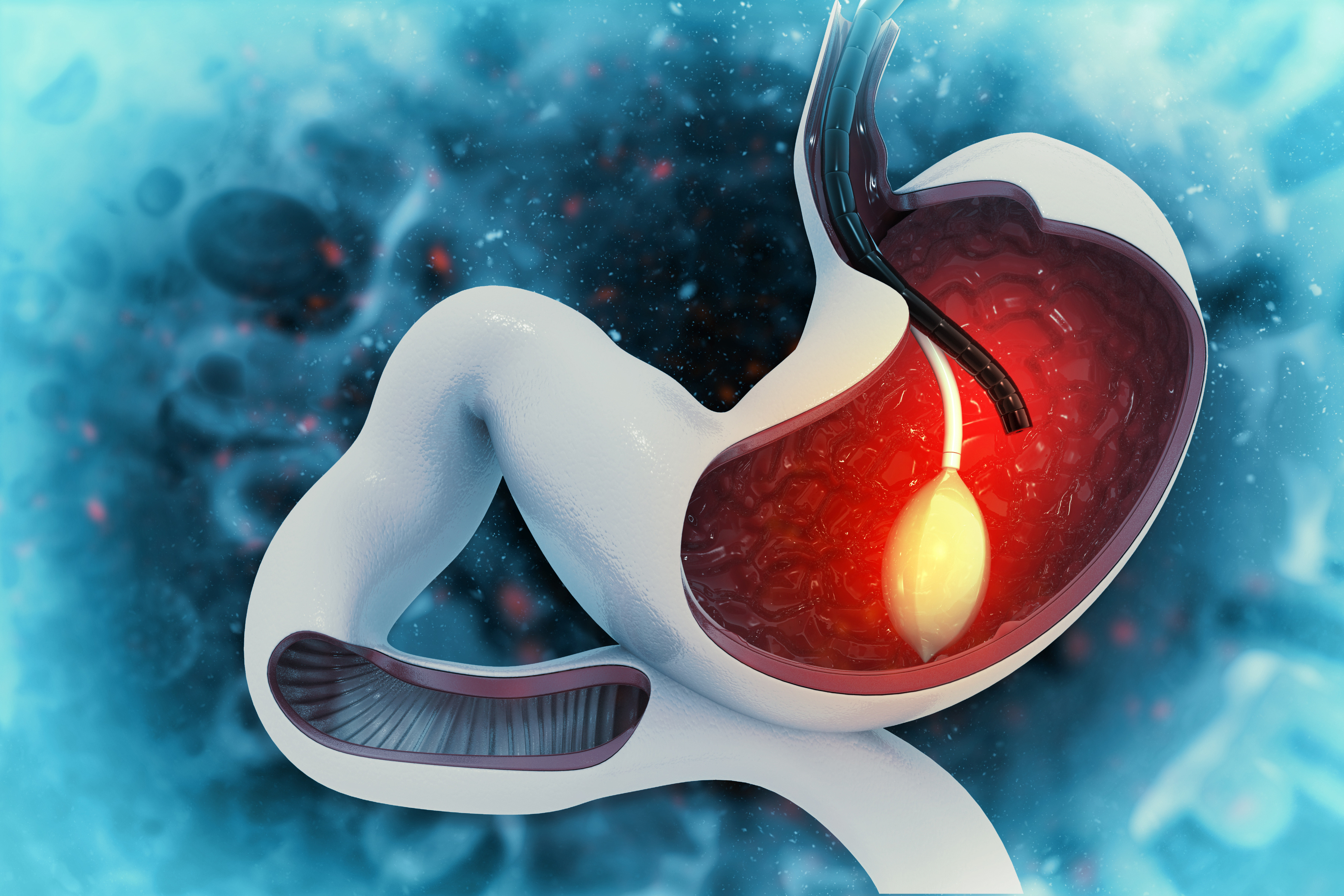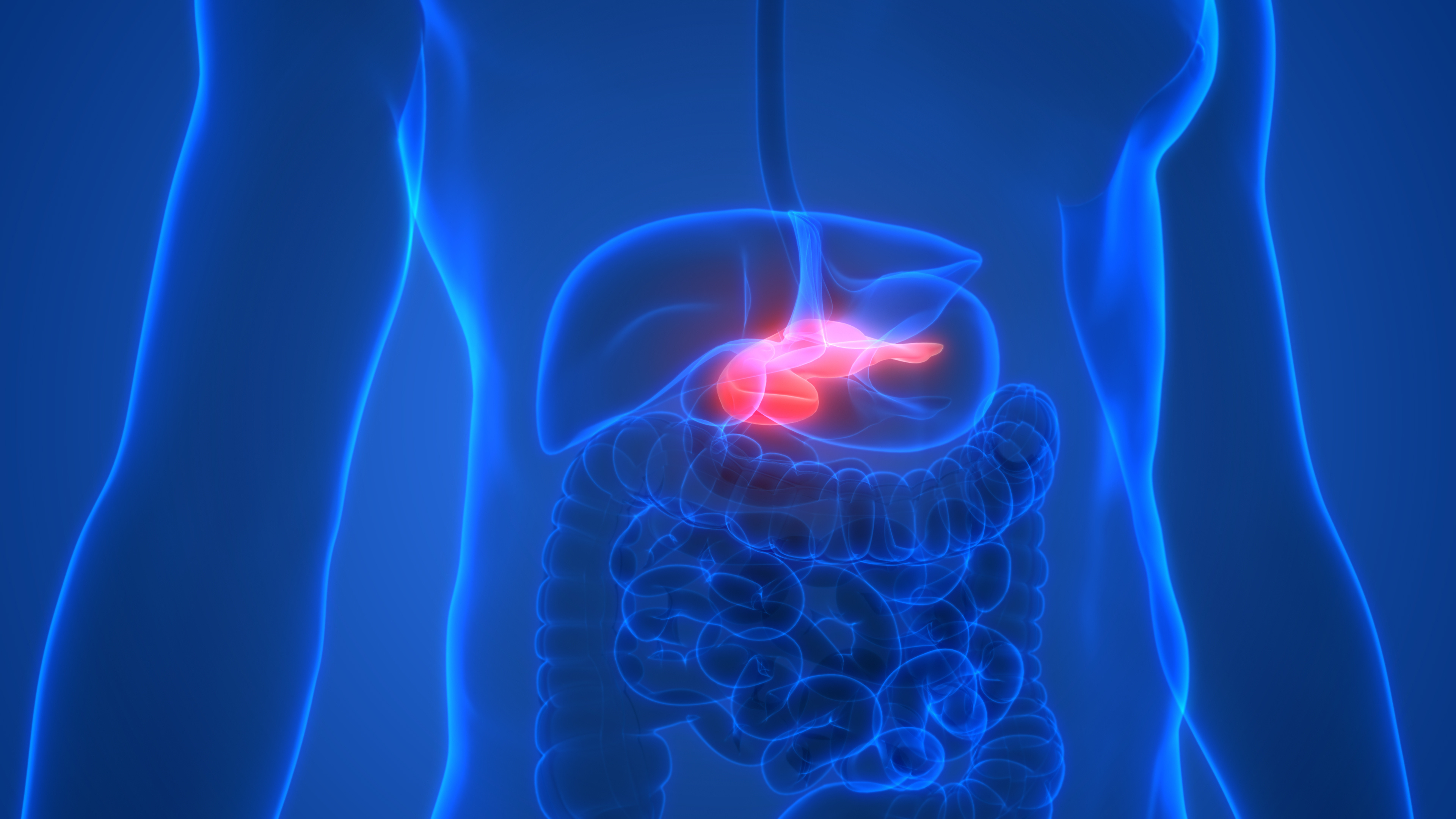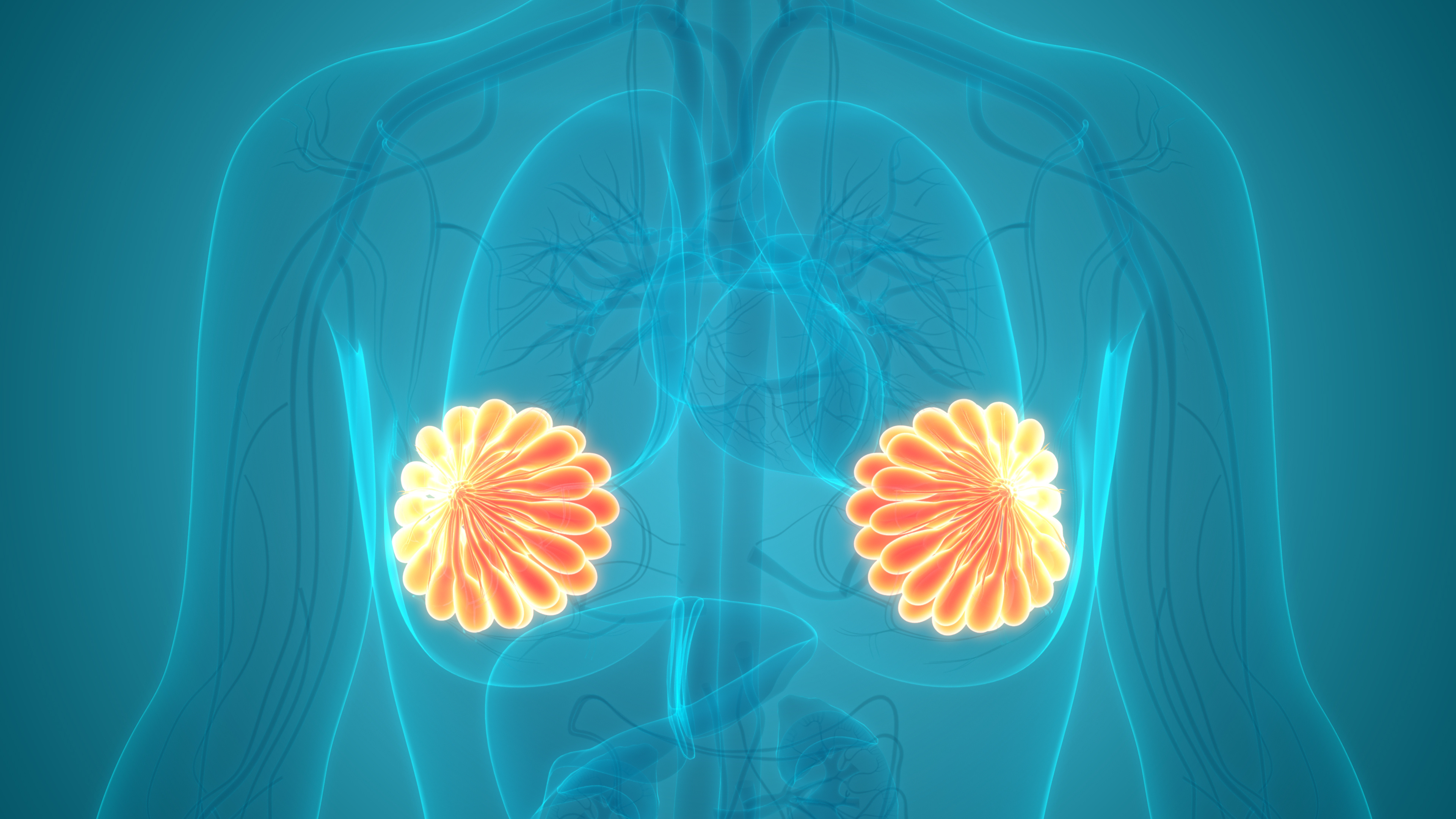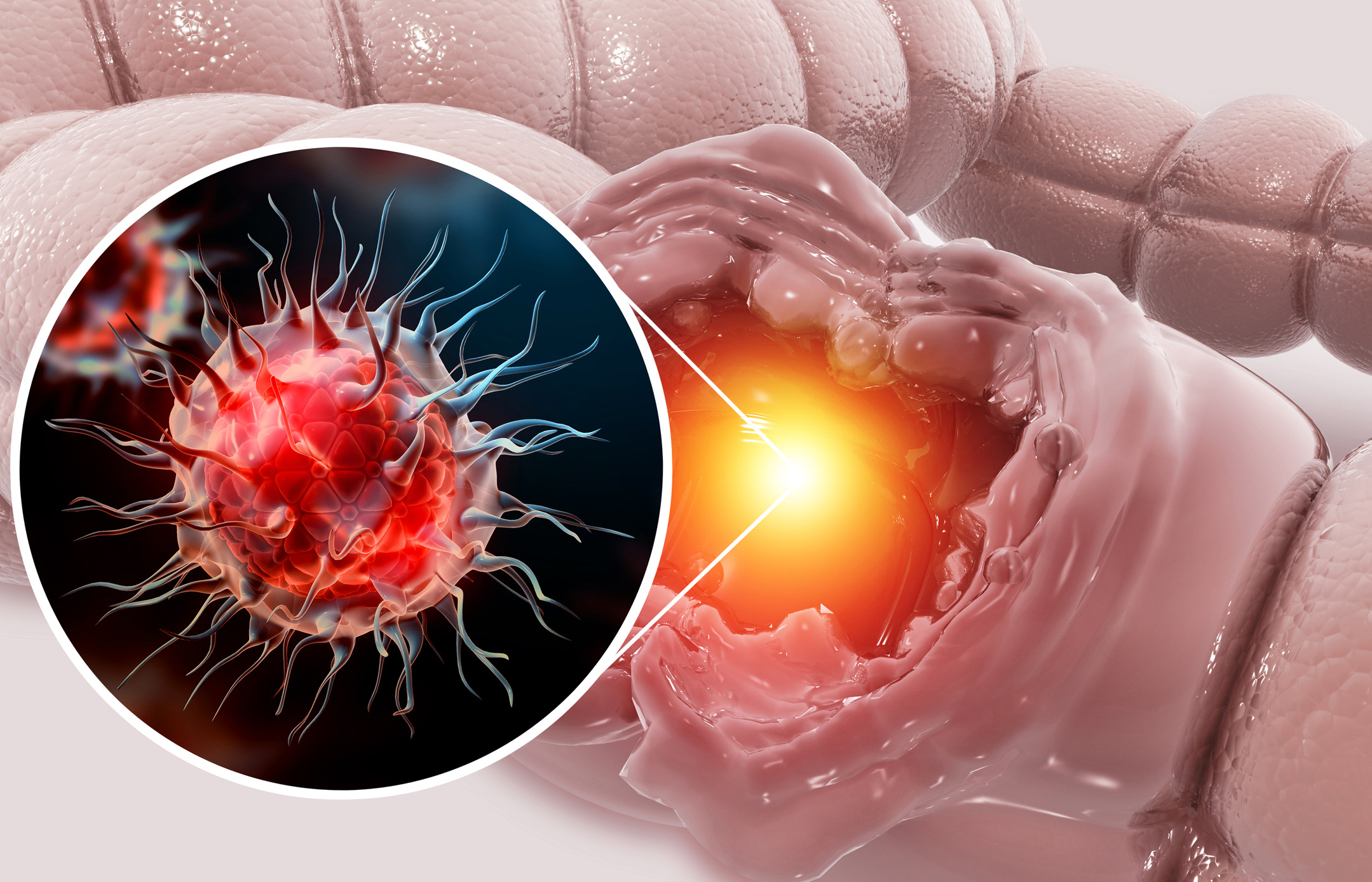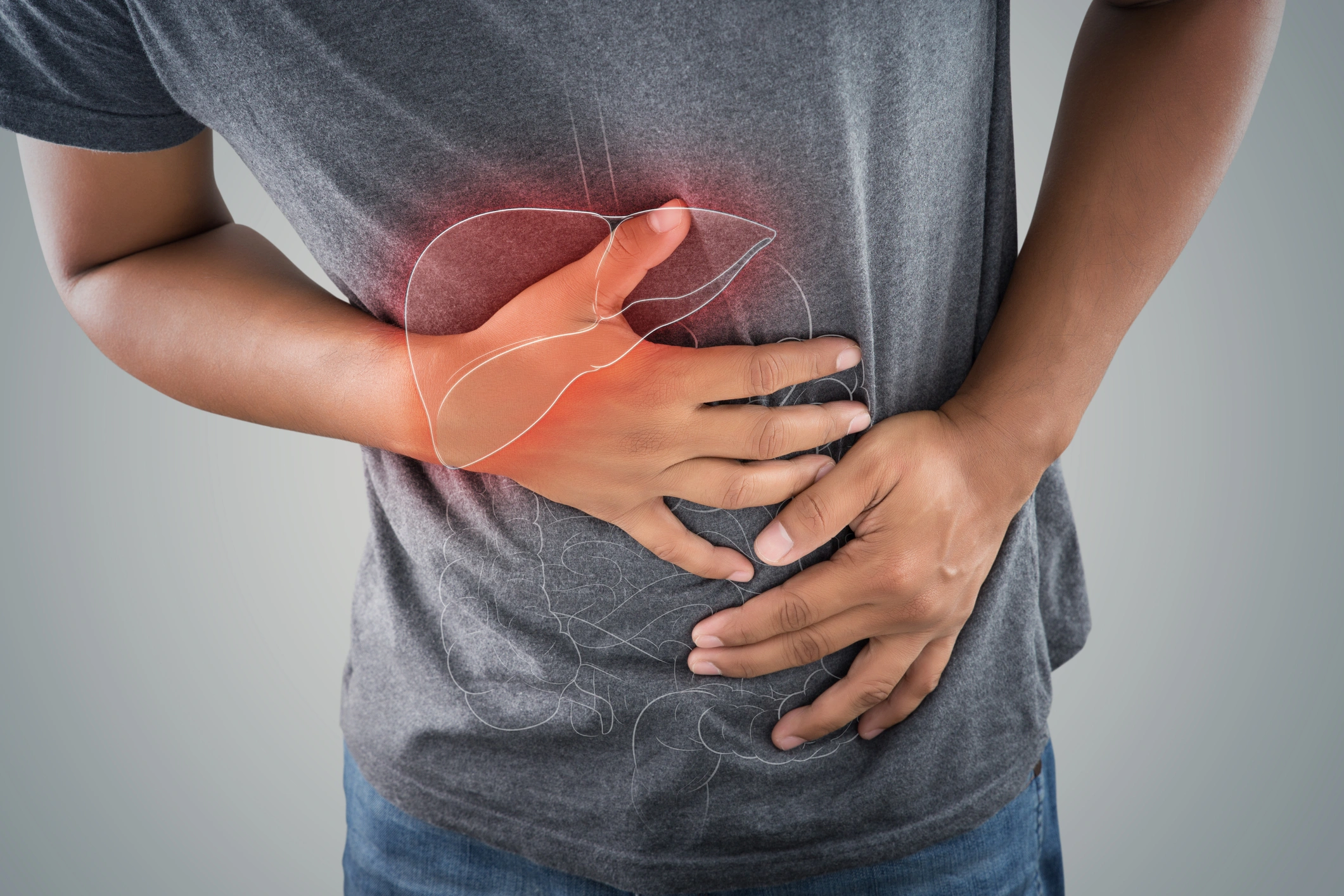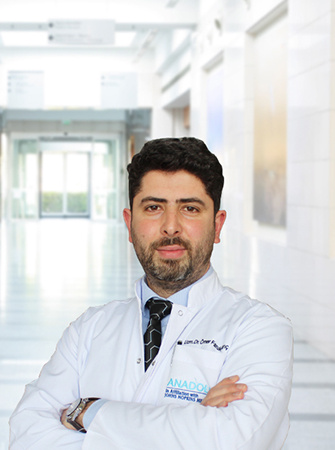
Ömer Faruk Inanç
He has been working as a general surgeon at Anadolu Medical Center since 2022.
Speciality
- General Surgery
- Colorectal Surgery
Education
- Uludag University Faculty of Medicine (2002 – 2009)
- Dr. Lütfi Kırdar Kartal Training and Research Hospital, General Surgery Clinic (2014-2019)
Institutions Worked At
16. Türk Kolon ve Rektum Cerrahisi Kongresi Bilgi Yarışması Birincilik Ödülü
- Turkish Surgical Association
- Turkish Colon and Rectum Surgery Association
- Istanbul Chamber of Physicians
- 22. Selim Anorectal Diseases Course (Turkish Surgical Association, 2018)
- TSA Qualification Board School (Turkish Surgical Association, 2018)
- Trauma and Emergency Surgery – Practice Techniques Course (Turkish Surgical Association, 2018)
- Thyroid and Breast – Colorectal Surgery Cadaver Course (Turkish Surgical Association, 2019)
Articles:
1- The İmpacts of The COVID-19 Outbreak on Emergency Department Visits of Surgical Patients, Ulus Travma Acil Cerrahi Derg. 2020 Sep; 26(5): 685-692. Doi: 10.14744/ etd.2020.67927
2- Comparison of Short-Term Results of Open and Laparoscoic Surgery in Gastric Cancer at a New Regional Hospital: A Single Surgeon Experience, J Health Sci Med. Doi: 10.32322/jhsm.977204
Book Chapters:
1- İnanç Ö F. (2020), Covid-19 ve Pandemi Hastanesine Dönüşüm, Nurettin Yiyit (Ed.), Pandemide Genel Cerrahi Klinik Yönetimi (s.225-230), Galenos Yayınevi, İstanbul.
2- İnanç Ö F. (2021), Hiperlipidemi ve Yönetimi, M. Akif Öztürk (Ed.), Hiperlipidemilere Cerrahi Yaklaşımın Etkileri (s. 105-117), Akademisyen Yayınevi, Ankara
Oral Presentations:
1- Nejdet Bildik, Metin Kement, Ali Emre Atıcı, Kenan Çetin, Yunus Emre Altuntaş, Nuri Emrah Göret, Aytaç Emre Kocaoğlu, Selçuk Kaya, Ömer Faruk İnanç, Erkan Çelik, Selahattin Vural (2015). Sigmoid Volvulus: Mortaliteye Etkili Olabilecek Faktörlerin Araştırılması, 10. Ulusal Travma ve Acil Kongresi 28 Ekim – 1 Kasım 2015, Antalya.
2- Mehmet Karahan, Ömer Faruk İnanç, Önder Altın, Selçuk Kaya, Yunus Emre Altuntaş, Ahmet Feran Ağaçhan (2015). Travmatik Pankreas Yaralanmaları, 10. Ulusal Travma ve Acil Kongresi 28 Ekim – 1 Kasım 2015, Antalya.
3- Kemal Eyvaz, Metin Kement, Hakan Acar, Nuri Emrah Göret, Ömer Faruk İnanç, Ferhat Yıldız, Murat Beyatlı, Abdulkadir Deniz, Nejdet Bildik (2015). Elektrik Yanıklı Hastalarda Negatif Basınçlı Yara Tedavisi Kullanımının Değerlendirilmesi, 10. Ulusal Travma ve Acil Kongresi 28 Ekim – 1 Kasım 2015, Antalya.
4- Ömer Faruk İnanç, Cem Batuhan Ofluoğlu, Nuri Emrah Göret, Hasan Ediz Sıkar, Önder Altın, Selçuk Kaya, Yunus Emre Altuntaş, Ahmet Feran Ağaçhan (2016), Rektosel tedavisinde cerrahi seçim ne olmalı?, 20. Ulusal Cerrahi Kongresi 13-17 Nisan 2017, Antalya.
5- Ömer Faruk İnanç, Cem Batuhan Ofluoğlu, Nuri Emrah Göret, Önder Altın, Selçuk Kaya, Hasan Ediz Sıkar, Nejdet Bildik, Ahmet Feran Ağaçhan, Rektovajinal Fistül, 20. Ulusal Cerrahi Kongresi 13-17 Nisan 2017, Antalya.
6- Çetin K, Kündeş M F, Sıkar H E, İnanç Ö F, Ofluoğlu C B, Bildik N, Kement M, Eser M. Patolojik Meme Başı Akıntısında Mikroduktektomi İle Major Duktus Eksizyonunun Malignite Saptamadaki Etkinliğinin Karşılaştırılması, 20. Ulusal Cerrahi Kongresi 13-17 Nisan 2017, Antalya.
7- İnanç Ö F, Tosun Y, Altundağ İ. (2018), Yaşlı Hastalarda Akut Appendisit: Alvarado Skoru ve Bilgisayaralı Tomografinin Tanısal Değerinin İncelenmesi, 21. Ulusal Cerrahi Kongresi 11-15 Nisan 2018. Antalya.
8- İnanç Ö F. (2019), İnguinal Herni Onarımında Klasik Yöntemler (Bassini ve Shouldice) ile Modern Yöntemlerin (TEP ve Linchtenstein) Karşılaştırılması, 14. Ulusal Laparoskopik Endoskopik Cerrahi Kongresi 19-23 Nisan 2019. Bafra, Kıbrıs.
9- İnanç Ö F. (2019), 569 Hastalık Laparoskopik Kasık Fıtığı Tecrübemiz, 14. Ulusal Laparoskopik Endoskopik Cerrahi Kongresi 19-23 Nisan 2019. Bafra, Kıbrıs.
10- İnanç Ö F. (2021), Nadir Bir Anorektal Ağrı Nedeni Olarak Anorektal Tutulumlu Sifilis, 6. Uluslar arası Hipokrat Tıp ve Sağlık Bilimleri Kongresi 30 Nisan – 1 Mayıs 2021, (Presentation ID:356, pp: 567)
11- İnanç Ö F. (2021), Serum İnflamatuar Parametreleri ve Preoperatif Bilgisayarlı Tomografi (BT) Görüntülemesinin Appendektomi Sonrası Komplikasyonları Öngörmedeki Rolü, 13. Ulusal Travma ve Acil Kongresi 11-12 Aralık 2021. Sanal Kongre.
Featured Cancer Articles
- 6 Nutrition Tips for Those Who Fast
- What is Disease X (Virus X)?
- How Does Cancer Form?
- What is an Ovarian Cyst?
- What is Cervical Cancer?
- What Are the Symptoms and Treatment Methods of Testicular Cancer?
- Symptoms, Diagnosis, and Treatment Process of Bladder Cancer
- Liver Cancer
- What is Stomach Cancer? What are Its Symptoms and Treatment?
- Thyroid: What is it, Symptoms, Diagnosis, and Treatment



